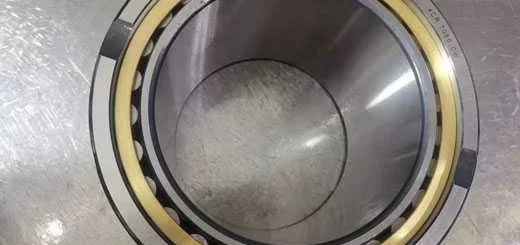Understanding the Details Behind Interconnect Devices and Their Importance in Fibre Networks

Fibre networks have seen the transition from conventional electrical interconnects to optical interconnects, and it has been nothing short of revolutionary. This paradigm shift has been driven by the relentless demand for higher bandwidths, faster data transfer speeds powered by optical fibre network components like moulded interconnect devices, and the critical necessity to seamlessly manage the colossal volumes of data traversing the global network of data centres.
Factors such as the surge in cloud computing, the advent of 5G technology, the proliferation of video services, and the rapid growth of IoT applications have all contributed to the exponential growth in data traffic.
Fibre-Optic Solutions: The Backbone of Optical Interconnects
Optical interconnects, and parts such as an interconnect box, serving as the vital conduits for data transmission over various distances, predominantly rely on optical fibres. These fibres, when bundled into cables, bridge vast expanses, spanning thousands of miles in the telecommunications sector or just a few hundred yards within a building’s computer network.
Today, optical interconnects have become the norm in data centres and broadband telecommunication networks.
Fibre-optic cables are typically physically connected to transceivers equipped with integrated lasers and detectors. These transceivers are multifunctional, capable of both transmitting and receiving optical signals. They come in diverse form factors, specifications, speeds, and protocols.
Selecting the appropriate transceiver for your application hinges on the nature of the data to be transported, as well as the optimal speed and distance parameters.
Common applications of fibre-optic communication using moulded interconnect devices and fibre optic cables encompass
intra- and inter-datacentre interconnects
FTTx (the “last mile” to premises)
metropolitan optical fibre networks connecting services beyond FTTx
submarine communications cables laid on the seabed for ultra-long distances, and many more.
Free-Space Interconnection: A Specialised Alternative
Free-space optical interconnects present an alternative for specific scenarios where traditional optical fibres are unsuitable or cost-prohibitive. In this approach, light signals propagate freely through the atmosphere, space, or vacuum rather than being confined within an optical fibre cable.
It operates as a direct point-to-point link, devoid of the flexibility inherent in fibre optic cables, and often requires collimation with lenses or mirrors. In terrestrial applications, its range is limited, reaching approximately two miles. External factors, such as weather conditions, light interference, and atmospheric distortions, can impede signal integrity.
While long-distance free-space optical interconnects have been established in select non-commercial contexts, such as ground-satellite links and satellite-to-satellite communication, they are primarily in experimental stages with future commercialisation potential.
Miniature Interconnection: Within Integrated Circuits
While an interconnect box enables interconnection between fibres on a macro scale, on a miniature scale, interconnection occurs within integrated circuits.
Metal interconnects, despite their ubiquity, have become a performance bottleneck, prompting the exploration of optical interconnects for short-reach communication. This includes intra-chip, chip-to-chip, processor-to-memory, and board-to-board communication.
Optical interconnects offer significant advantages, such as substantially higher bandwidth and lower heat generation across the interconnection link compared to traditional wire-based approaches.
The challenge lies in the high level of integration required, especially as integrated logic circuitry shrinks toward the nanometer scale. Optical transceiver technology, driven by innovative optoelectronic device advancements, holds the promise of addressing these challenges.
Components Powering Optical Interconnects
Beyond the core optical interconnect technologies, the efficiency of data transfer within these systems relies heavily on wavelength-division multiplexing. This technique facilitates the simultaneous transmission of multiple wavelength signals in optical networks.
At the heart of this process are optical filters, indispensable components for multiplexing or de-multiplexing wavelength signals. Many companies offer an extensive range of high-quality telecom filters, catering to various applications such as CWDM, DWDM, FTTx, and free space, among others.
The Future Will Be Shaped by Optical Fibre Technology
Moulded interconnect devices, interconnect boxes, and other such critical optical fibre network components are, therefore, pivotal in meeting the insatiable demand for data transmission capabilities in today’s technology-driven world. These technologies collectively propel us into an era of enhanced connectivity, supporting applications ranging from data centres to the vast expanse of telecommunications networks.
As data continues to surge, the role of high-quality optical interconnect devices, offered by leading companies like STL, in enabling seamless and efficient data transmission remains indispensable.
Understanding the Details Behind Interconnect Devices and Their Importance in Fibre Networks


